Office USA: 706-658-1122 | Tech Support: 706-362-4813
Office Bulgaria: +359 431 64477
What is Concrete Grinding and How Does it Transform Surfaces?
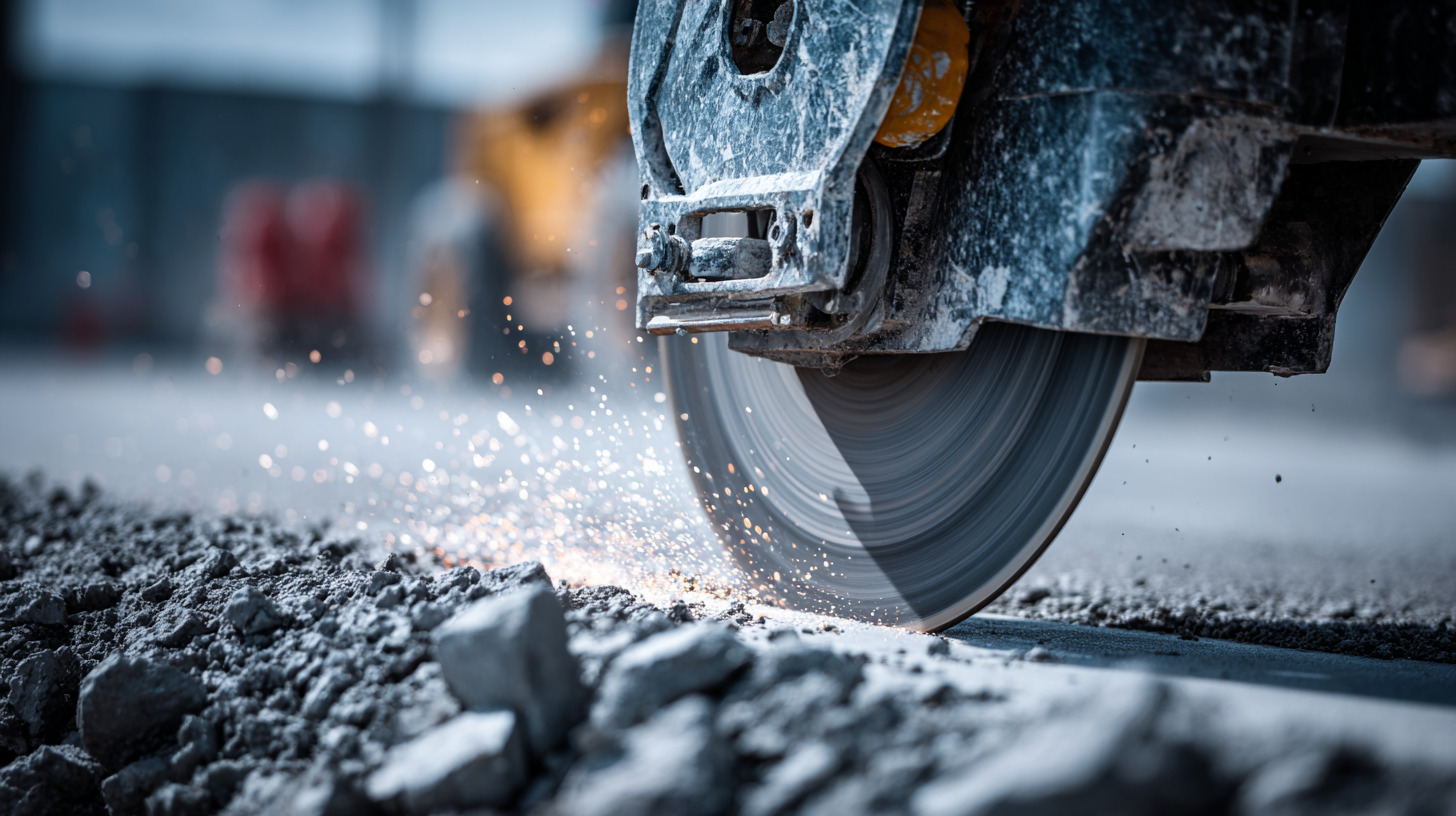 Concrete grinding is an essential process that significantly enhances the quality and appearance of concrete surfaces. This technique involves the use of specialized equipment to remove a layer of concrete, thereby addressing imperfections, stains, and rough textures. Through grinding concrete, surfaces can be transformed from dull and uneven to sleek and polished, making them not only aesthetically pleasing but also safer and more durable.
This introduction to concrete grinding will explore its various applications, benefits, and the technology involved, showcasing how it can revitalize both residential and commercial spaces. By understanding the transformative power of grinding concrete, property owners can make informed decisions about their flooring options and maintenance strategies, ultimately promoting longevity and visual appeal in their environments.
Concrete grinding is an essential process that significantly enhances the quality and appearance of concrete surfaces. This technique involves the use of specialized equipment to remove a layer of concrete, thereby addressing imperfections, stains, and rough textures. Through grinding concrete, surfaces can be transformed from dull and uneven to sleek and polished, making them not only aesthetically pleasing but also safer and more durable.
This introduction to concrete grinding will explore its various applications, benefits, and the technology involved, showcasing how it can revitalize both residential and commercial spaces. By understanding the transformative power of grinding concrete, property owners can make informed decisions about their flooring options and maintenance strategies, ultimately promoting longevity and visual appeal in their environments.
Understanding the Basics of Concrete Grinding and Its Purpose
Concrete grinding is a crucial process for enhancing the quality and appearance of concrete surfaces. It involves the use of specialized equipment to remove layers of material from the concrete, resulting in a smoother, more level finish. This technique not only improves the aesthetics of floors and surfaces but also prepares them for further treatment or coating, such as sealants and stains. Understanding the purpose of concrete grinding is essential for any construction or renovation project, as it addresses issues like surface imperfections, stains, and wear over time.
Tips for successful concrete grinding include ensuring the correct selection of grinding equipment for the specific project. Using the right type of abrasives can dramatically influence the effectiveness of the grind. It’s also vital to observe all safety precautions, particularly because silica dust can be generated during the process. Using appropriate personal protective equipment and ensuring proper ventilation can help mitigate these hazards. Regular maintenance of grinding tools to ensure peak performance and adherence to compliance standards can also contribute to smoother operations and better results.
The Process of Concrete Grinding: Techniques and Tools Involved
Concrete grinding is a meticulous process that employs various techniques and tools to achieve the desired finish on concrete surfaces. The primary technique involves using diamond-embedded grinding wheels or pads, which are attached to heavy-duty machines. These grinding wheels shred the top layer of the concrete, effectively removing imperfections, stains, or coatings. The process can vary in intensity, depending on the condition of the surface and the final appearance desired, making it suitable for both minor touch-ups and extensive restoration projects.
Several tools are integral to the concrete grinding process. Floor grinding machines, ranging from smaller handheld units to large, industrial-grade machines, are at the forefront of this operation. The machines utilize different grit levels of diamond pads, allowing operators to start with a coarse grit for heavy grinding and progress to finer grits for a polished finish. Additionally, wet grinding techniques may be employed to reduce dust and improve efficiency, as water cools the grinding surface and facilitates the removal of debris. Through a combination of these techniques and tools, concrete grinding can effectively transform worn or unsightly surfaces into sleek and durable finishes.
What is Concrete Grinding and How Does it Transform Surfaces?
| Aspect | Details |
|---|---|
| Definition | Concrete grinding is the process of leveling and smoothing the surface of concrete using specialized equipment and techniques. |
| Purpose | To remove imperfections, stains, or old coatings and achieve a flat surface for further treatments or finishes. |
| Techniques | Utilization of diamond grinding wheels, bush hammering, or polishing methods. |
| Tools Used | Floor grinding machines, hand-held grinders, and vacuum systems for dust control. |
| Applications | Used in commercial and residential floors, preparation for coatings, and restoring old concrete surfaces. |
| Benefits | Enhances aesthetics, increases surface durability, and improves safety by reducing slip hazards. |
Benefits of Concrete Grinding for Homeowners and Businesses
Concrete grinding is a transformative process that offers numerous benefits for both homeowners and businesses. By leveling uneven surfaces and removing imperfections, this technique ensures a smooth finish that enhances the aesthetic appeal of spaces. Homeowners particularly benefit from concrete grinding by improving the safety of their living environments. Uneven or damaged concrete can pose tripping hazards, and grinding eliminates these risks while providing a clean, polished look. Additionally, it can prepare surfaces for coatings or sealers, ensuring longevity and preventing deterioration from moisture or wear.
For businesses, the advantages of concrete grinding are equally significant. A well-maintained concrete floor can improve the overall image of a facility, creating a professional atmosphere that impresses customers and clients. Additionally, grinding can extend the life of a concrete surface, reducing the need for costly repairs or replacements over time. Moreover, many industries find that a smooth, level floor enhances productivity, reducing the strain on machinery and improving employee safety. Overall, concrete grinding serves as an efficient way to maintain and elevate the quality of both residential and commercial spaces.
Benefits of Concrete Grinding for Homeowners and Businesses
Common Applications of Concrete Grinding in Various Industries
Concrete grinding is a specialized technique that smooths out concrete surfaces to enhance their appearance and functionality. One of the primary applications of concrete grinding is in the construction and flooring industry, where it's commonly used to prepare surfaces for polishing or to remove surface imperfections. According to a report by the Global Concrete Floor Coatings Market, the demand for refined concrete finishes in both residential and commercial sectors is projected to grow significantly, with the market expected to reach $1.21 billion by 2025.
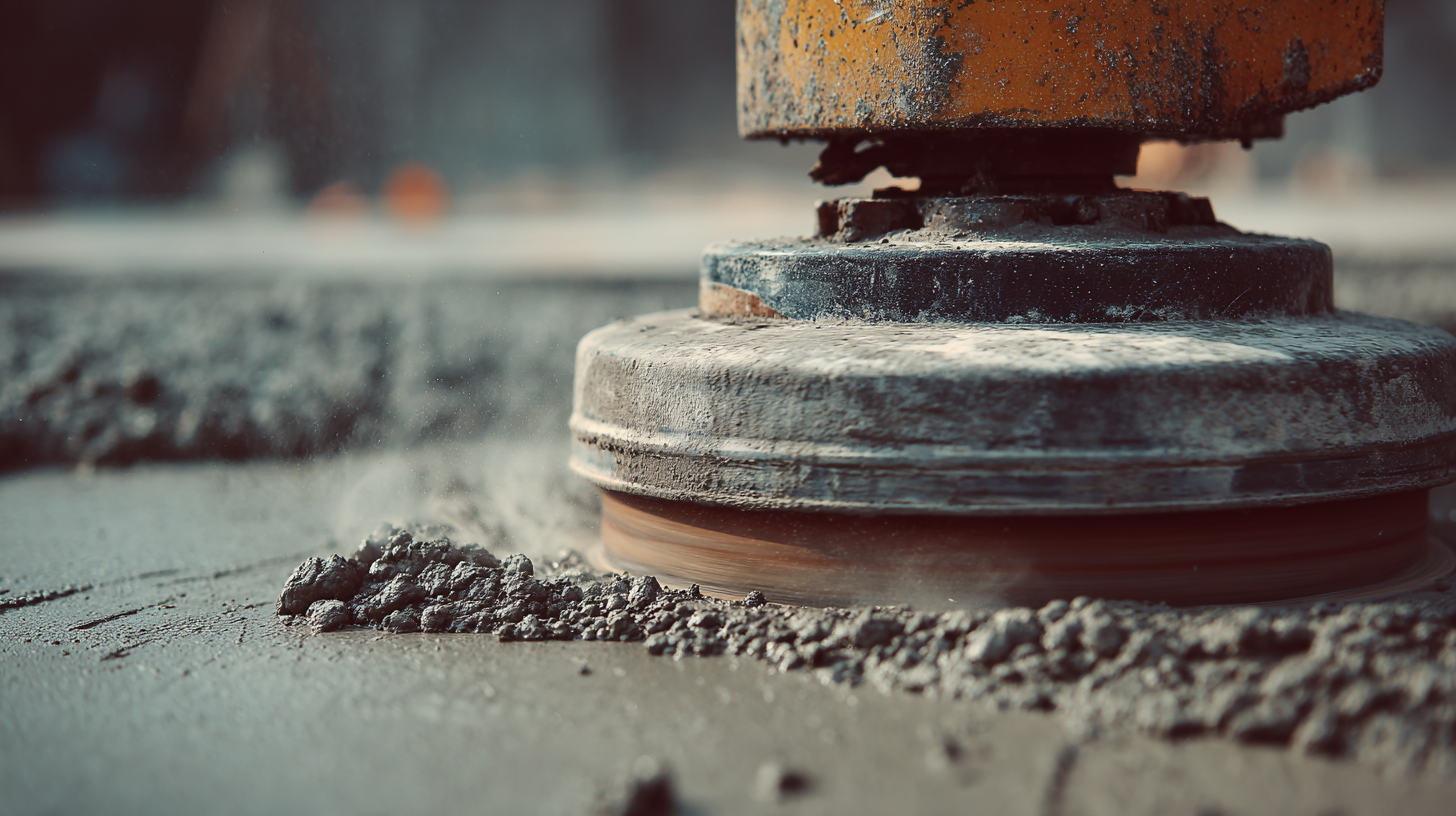
In addition to flooring, concrete grinding is essential in industrial settings, particularly in warehouses where load-bearing and safety are critical. A well-ground surface reduces trip hazards and increases the durability of the floor under heavy machinery. The construction industry has seen an increasing trend towards sustainable practices, and concrete grinding aligns with these efforts by allowing for the reuse of existing materials.
Studies show that resurfacing and grinding can extend the lifespan of concrete structures by 20 to 30%, significantly reducing waste and promoting eco-friendly building practices.
Comparing Concrete Grinding to Other Surface Treatment Methods
Concrete grinding is a specialized technique used to smooth and restore surfaces, often preferred for its efficiency compared to traditional methods like chemical treatments or resurfacing. Notably, recent studies have highlighted eco-friendly alternatives to conventional grinding processes, such as the comparison between CBN and Al2O3 abrasive tools. These studies demonstrate that CBN grinding can lead to lower CO2 emissions, enhancing environmental sustainability in concrete processing. Researchers found that costs associated with CBN grinding were significantly offset by its reduced carbon footprint, making it a viable option for modern construction practices.
Moreover, integrating innovative materials into concrete surfaces can further enhance their properties. For instance, the integration of waste tire rubber into high-performance concrete substitutes natural sand while improving durability and performance, showcasing an effective alternative to chemical additives. Similarly, advancements in surface treatment technologies focus on enhancing wettability and creating superhydrophobic surfaces, which can improve the longevity and functionality of cement-based materials. These developments not only highlight the potential of grinding compared to other methods but also underscore the industry's commitment to sustainability and innovation in concrete surface treatment.
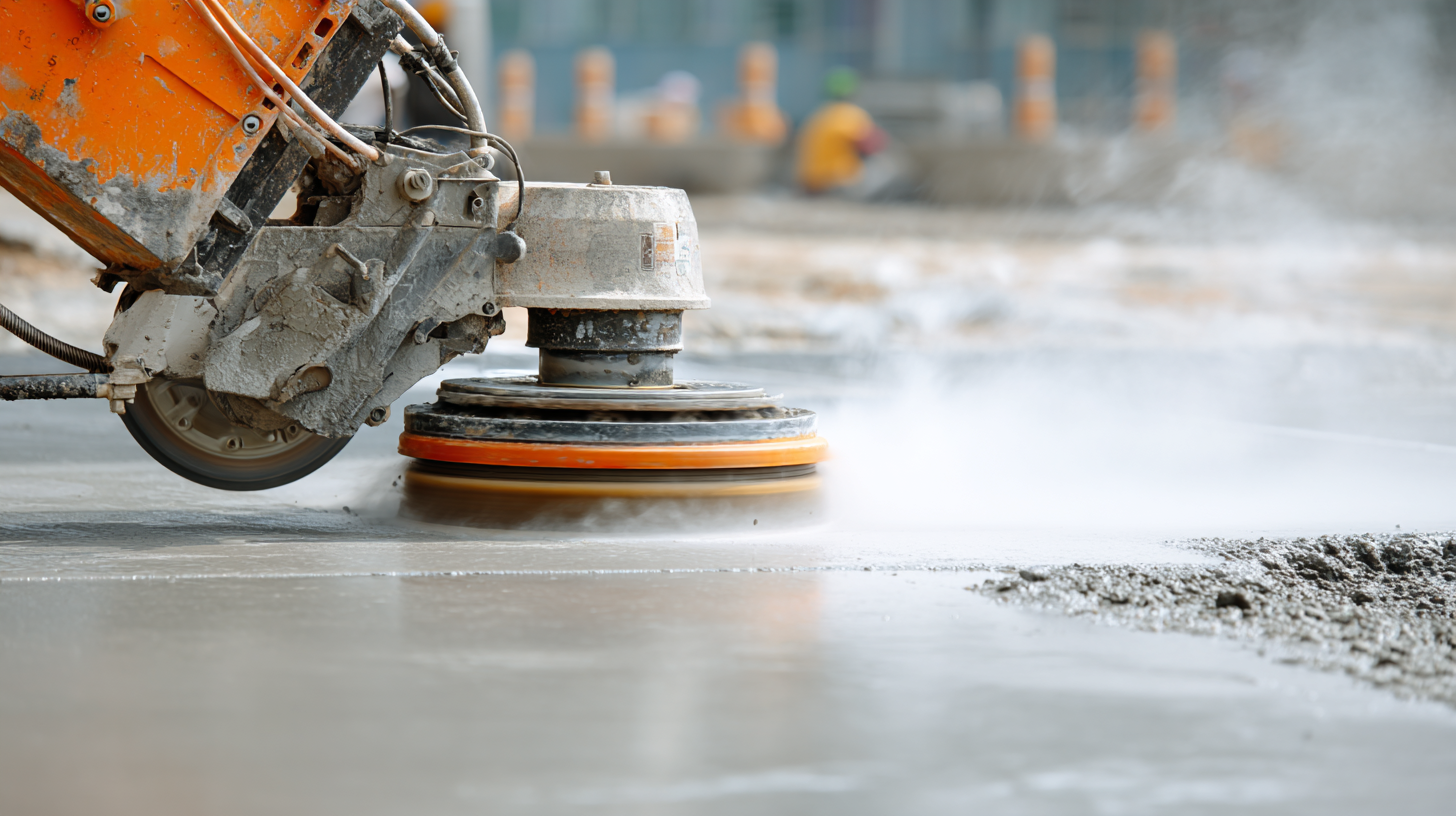
Related Posts
-
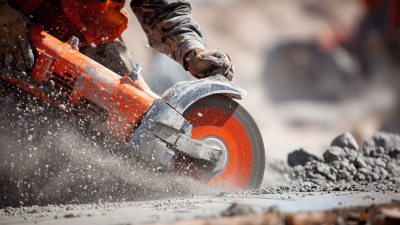
Top Strategies for Maximizing Efficiency with Best Concrete Grinding Machines
-
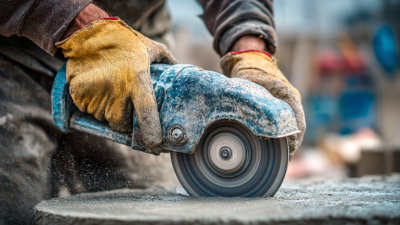
Unlocking the Future of Concrete Grinding Tools in 2025 Trends and Best Practices for Global Buyers
-
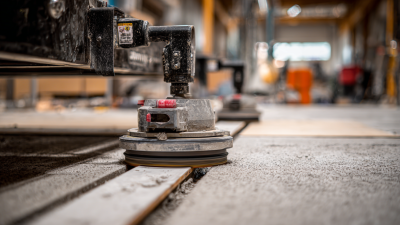
How to Maximize Efficiency with Concrete Grinding Equipment in Your Projects
-
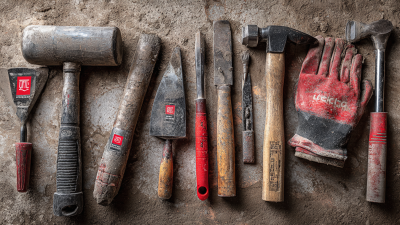
Top Tips to Identify Quality Suppliers of Best Concrete Hand Tools with a Comprehensive Checklist
-

Unveiling the Best Diamond Grinding Techniques: A Comprehensive Comparison for Professionals
-

Solutions for Achieving Perfect Finishes with the Best Polisher Machine
